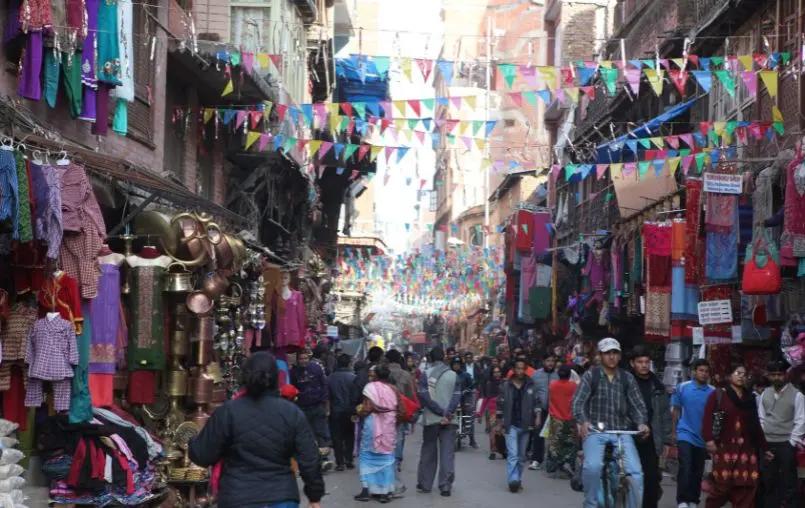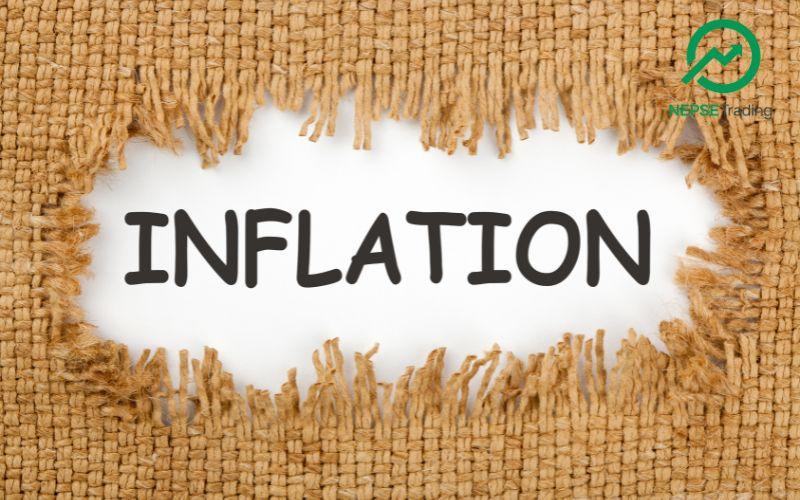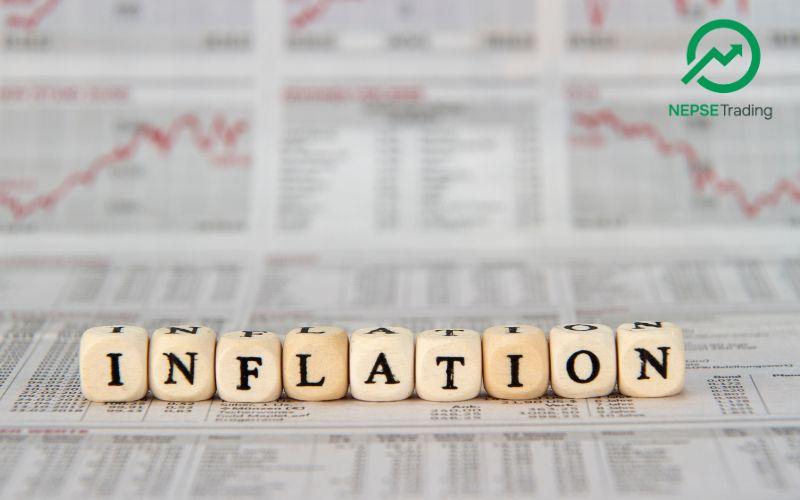By Dipesh Ghimire
Nepal’s Banking System Struggles With Weak Credit Demand Despite Rising Deposits

For the past two and a half years, Nepal’s banking and financial institutions have been unable to expand lending at a meaningful pace. Although deposits have continued to grow—primarily due to strong remittance inflows—the demand for loans has remained significantly weak. As a result, the credit market has slowed down, and banks are finding it increasingly difficult to utilize their available resources effectively. The slowdown in loan expansion has also reduced the overall fund utilization capacity of commercial banks.
Over this period, more than NPR 1.1 trillion in excess liquidity has accumulated within the banking system. Of this amount, approximately NPR 844.85 billion has been parked at the Nepal Rastra Bank (NRB) through the Standing Deposit Facility (SDF) and various deposit collection instruments. This situation has emerged because deposits are growing at a solid pace while loan demand is stagnant. Remittance inflows have reached record highs, but borrowers are not seeking new credit, leaving banks with large amounts of idle and investable funds.
Financial analysts note that unless Nepal’s economic activities improve, credit expansion is unlikely to increase significantly. Due to persistent and rising liquidity levels, the central bank has intensified its liquidity absorption operations. While in previous months NRB conducted shorter-term liquidity absorptions—such as 7-day, 17-day, and 21-day deposits—it has now shifted toward longer-term instruments, including 84-day and 175-day maturities. The use of longer-term liquidity tools signals that excess liquidity is expected to persist for longer than previously anticipated.
Despite continuously falling interest rates, credit demand has not recovered. Economic activities remain muted, businesses are cautious about expanding, and consumers are hesitant to take new loans. For this reason, NRB has repeatedly withdrawn funds from the financial system to manage liquidity pressures. By the end of the first quarter of the ongoing fiscal year, the banking system had accumulated more than NPR 1.1 trillion in surplus liquidity. The buildup of excess liquidity has been a recurring trend for the past two and a half years.
Banks report that weaker economic momentum has discouraged both businesses and individuals from borrowing. Declining sales, rising market uncertainties, and unclear investment prospects have led many entrepreneurs to postpone new projects. Similarly, concerns about market risks and a slow-moving economy have prompted banks to adopt a more cautious approach to loan disbursement. Industries, trade sectors, and real estate developers no longer demand credit at the levels seen in previous years. In addition, delayed government capital expenditure has further dampened credit requirements across the economy.
According to NRB’s latest data, total deposits in the banking and financial system have reached NPR 7.51 trillion, while total credit stands at NPR 5.64 trillion. This leaves more than NPR 1.1 trillion in immediately lendable funds. In the commercial banking category alone, deposits amount to NPR 6.758 trillion, whereas credit disbursement remains limited to NPR 5.022 trillion. Consequently, the Credit-to-Deposit (CD) ratio has declined to 74.25 percent—well below the regulatory ceiling of 90 percent. Analysts warn that although higher CD ratios can increase liquidity risks, excessively low ratios indicate weak credit demand and underutilized financial resources.
NRB has also highlighted rising concerns around asset quality. Its recent report shows that the Non-Performing Loan (NPL) ratio of several banks has crossed the 5 percent threshold. In response, the central bank has instructed such institutions to strengthen recovery mechanisms, improve loan restructuring strategies, and enhance risk management frameworks. Rising NPLs further discourage banks from expanding their loan portfolios aggressively, as they must prioritize cleaning up existing credit risks.
NRB’s official data confirms that out of the total liquidity parked at the central bank, NPR 345.85 billion belongs to deposit collection instruments that are yet to mature, while NPR 499 billion lies under the Standing Deposit Facility. To absorb excess liquidity, NRB is once again issuing an 86-day deposit collection instrument worth NPR 50 billion. Banks and financial institutions can submit their bids until 2 PM today, and the interest rate will be determined through competitive auction. Repayment of principal and interest is scheduled for Falgun 5. Banks may submit bids starting from a minimum of NPR 100 million up to a maximum cap determined by the instrument's design.
NRB had targeted a credit growth rate of 12.5 percent in the previous fiscal year and has set a similar target of 12 percent for the current year. However, in the first quarter, credit grew by only 1.5 percent, while deposits increased by 3 percent. Lower loan demand amidst strong deposit growth—largely driven by remittances—has resulted in a persistent liquidity surplus. Over the last year alone, the financial system has consistently carried more than NPR 600 billion in investable funds that have remained unutilized.
In summary, Nepal’s banking sector is facing a structural imbalance: deposits continue to rise sharply, but credit demand remains subdued. Until economic activities accelerate, private sector confidence strengthens, and government capital expenditure improves, the trend of excess liquidity is expected to continue. Analysts believe that a significant revival in credit demand will require improved business sentiment, stronger consumption, and clearer investment opportunities across the economy.









